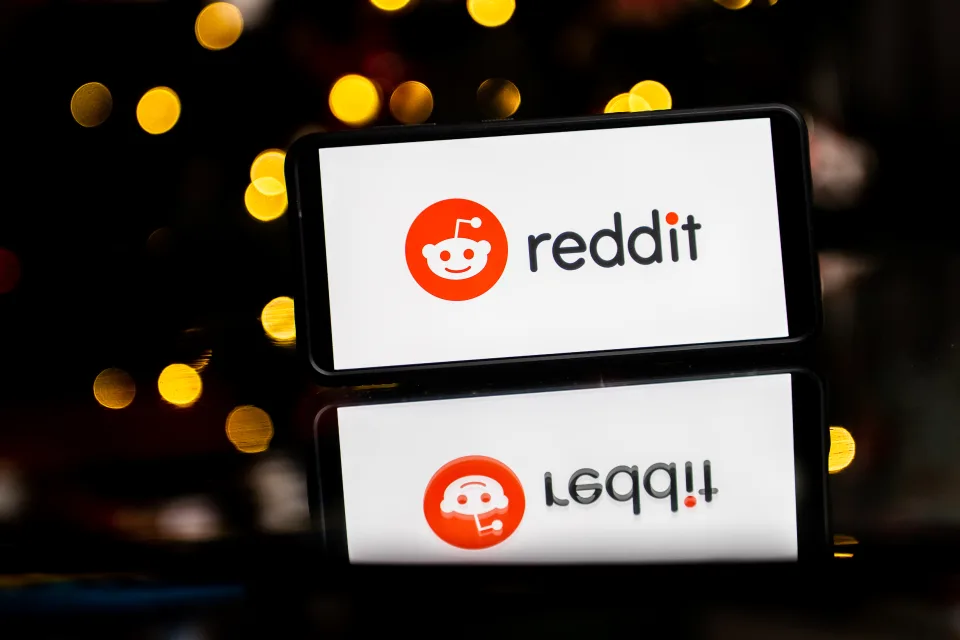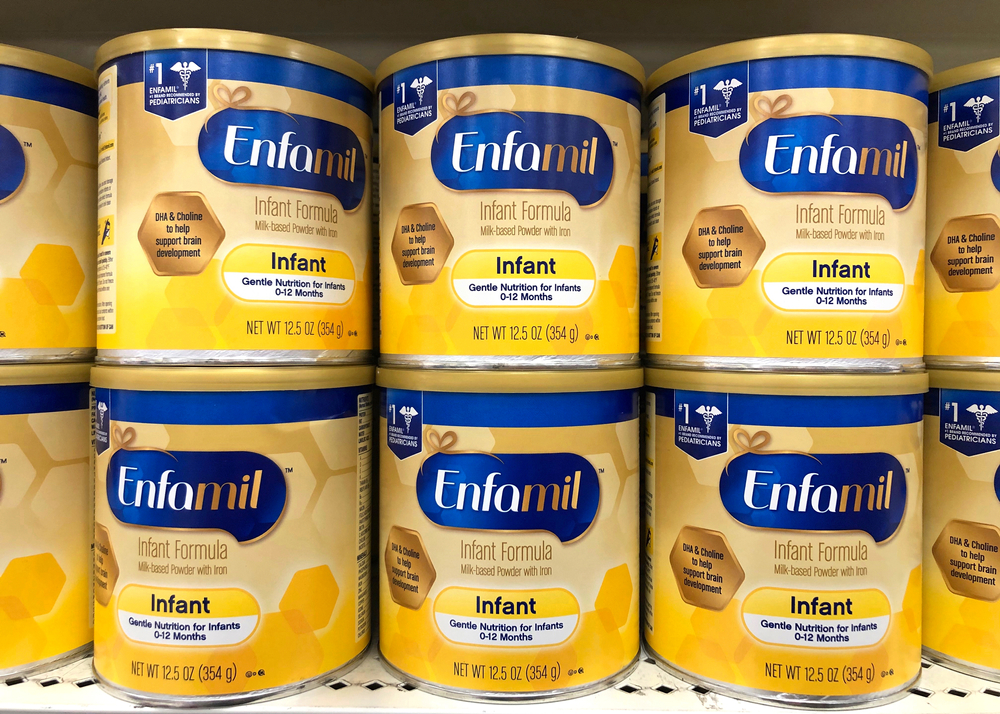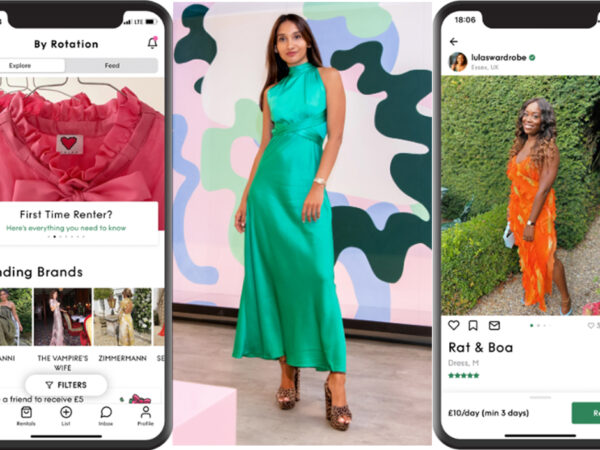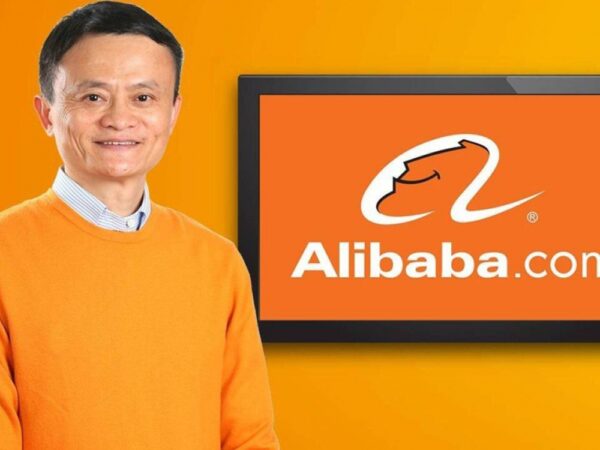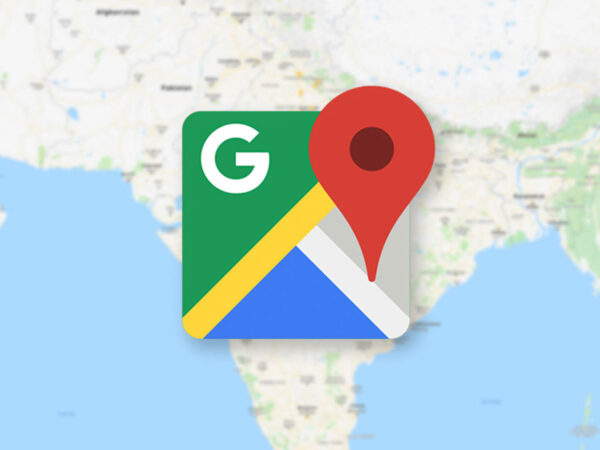Many factors have shown that OEM advertising will be the next big thing for user acquisition. If you are a marketer, you probably do not want to miss this.
Nowadays, mobile phones play a crucial role in our daily life. According to Oberlo, 6.6 billion people, or 82.5% of the world’s population, are using smartphones in . On average, a person uses a smartphone for 4.8 hours each day, and this number is rising each year. Every minute, 435,000 apps are downloaded from app stores. Mobile advertising is therefore anticipated to reach $350 billion in , up 18.6% from $295 in 2021. These statistics show that user exposure to OEM advertising will increase and its potential for growth is enormous.
What is OEM advertising?
OEM stands for Original Equipment Manufacturer. OEM is a type of advertising platform designed by device manufacturers like Xiaomi, Oppo, VIVO, Samsung. OEMs help promote products and services by showcasing them in pre-installed apps like Weather or Mail, app stores, and showing recommendations to users when they change their mobile phone settings or use applications.
OEM ads may look like smartphone manufacturer recommendations. Here below are some illustrations from the recommendation advertising platform Appnext.

There are several types of platforms that provide access to OEM traffic. Today they can be divided into three categories. The first category is the original technology solutions created by manufacturers themselves, i.e. Android mobile device manufacturers like Xiaomi, Huawei, etc.
The second is ecosystem, which is integrated into the Android operating system through a system application (APK). These platforms serve as direct intermediaries between manufacturers and advertisers that deliver on-device traffic. The process of integrating an APK into a smartphone operating system is an expensive one, taking up to 1.5 years. Currently, IronSource Aura and Digital Turbine are two most well-known representatives in this category.
The third type are advertising platforms, which buy traffic from manufacturers by integrating it with third-party technology platforms (SSPs). OEM traffic may not be the only type of traffic in these sources, but with the right optimization you can achieve excellent ROI results.
Each has distinct technological prowess and quality features. Marketers should engage with suppliers who have direct connections to OEM traffic sources to get to know which their businesses are most suitable for.

Why use OEM channels?
OEM advertising performance is very high because it brings the same amount of traffic as all the applications, platforms used on your phone. First of all, this is due to the nature of this type of advertising. They are promoted in a very friendly way with a natural look that matches your phone’s interface, so they are not offensive to users. It is obvious that OEM sources have a higher CR than other in-app sources if we look at the data on average CR per installation and CTR:
The CR to installation of OEM sources, for instance, can range from 10%- 40% on average and up to 85% in specific cases.
OEM sources have an average CTR of 1-6% with average in-app rates ranging from 0.15% to 1%.
Other advantages of OEM traffic source
– No fraud due to highly transparency of OEM traffic. Many people mistakenly attribute the quality of the in-app sources to OEM traffic, assuming that this is also a fraud. That is incorrect because OEM traffic is free of fraud thanks to the design and user experience that is so characteristic of its kind. Many people wrongly blame OEM traffic, which may include fraud. That is untrue since the design and user experience make OEM traffic free of fraud. An OEM channel’s technical stack is either a direct channel, or an APK solution, or SSP that delivers traffic directly from a manufacturer to a user. The first two send traffic straight from manufacturers to users. This means that OEM channel traffic is transparent and easy to track.
– The next advantage of OEM-traffic is that there are higher chances to launch profitable advertising campaigns because the performance forecast is pretty accurate. OEM ad campaigns are able to better achieve their performance targets due to great transparency of OEM traffic and the accuracy of predictions.
– OEM advertising is suitable for all businesses and budgets. The market share of Android is increasing globally, and new players are entering the market. OEM advertising platforms (both supply and demand) are diverse. According to the Zorka agency’s report, the budget for OEM advertising appears to be more limited. However, e ven with a small budget, this agency can still receive the best outcomes when using OEM sources because their CPA is two times lower and their CR is over 1.5 times higher.
– CR is above average because ads look native. OEM advertising is presented to users as an on-device experience.
– OEM advertising adds to the product’s long-term value thanks to its recommendation style, which leads to a high customer LTV. User interaction is continuously built thanks to OEM advertising and its native, recommendatory nature. Due to the nature of the user experience, the validation track for OEM advertising results often takes at least 30 days.
– OEM advertising seems to gain more trust from users. The advertising message is received natively within the phone itself, users’ trust for the device’s manufacturer is somehow transferred to the trust for the OEM ads.
– OEM can be used alone or as a component of a comprehensive ad plan that also uses UA, SEO, SMM, and/or IM channels.
Market share of OEMs continues to increase
Nowadays, OEM advertising is only supported by Android phones. The share of the OEM advertising market depends on the popularity of Android phones and their sales in the region. Business of Apps reports that Android has a global market share of 75%. Here is some more information:
– 2.8 billion users are online right now.
– Brazil, India, Indonesia, Turkey, and Vietnam all have a market share of more than 85% for Android devices.
– In 2021, the number of Android smartphones shipped has exceeded 1 billion units.
– Biggest players’ market share: Samsung: 37.10%, Xiaomi: 11.20%, Huawei: 11%, Oppo: 8.70%, Vivo: 7.30%, Motorola 4.10%, LG 1.90%, Other Vendors: 19.70%.

As we all know, Android manufacturers are mainly brands of Asian origin. OEMs emerge in the global mobile advertising market as a response to Facebook and Google’s monopoly which has been linked to many scandals. In contrast, OEMs adhere to GDPR and are transparent about traffic attribution, which makes it even more attractive to advertisers, especially ones in USA and Europe.
In fact, in Q2 2021, Xiaomi shipped 12.7 million smartphones to Europe, making it the best-selling smartphone brand in Europe with a 25.3% market share. According to AVOW’s report, OEMs already have a 45% market share in Europe and the US and it continues to grow.
Based on the data, the OEM market is expanding because Android manufacturers are actively entering the global market, particularly in the last two years in the US and Europe. In the very near future, OEM sources are expected to become one of the main channels for attracting users.
Therefore, marketers should keep an eye on OEMs as they are growing rapidly and set to become a really promising part of user acquisition marketing.
Both the OEM platform count and the market share of Android are growing. OEM traffic is qualitatively different from other traffic sources as it is fraud-free, provides accurate performance forecasts, and has a traffic volume that is quite similar to organic traffic.
Because each OEM supplier category differs in nature, marketers should carefully approach each to find out which is suitable for their specific business goals.
—
Source: Zorka Agency, Earthweb, Oberlo
The European Union (EU) is launching investigations into tech giants Apple, Google, and Meta (Facebook’s parent company) over concerns they might not be following a new law designed to promote fair competition in the digital market.
Google Chrome is on the brink of initiating a seismic shift that threatens to reshape the very foundation of the modern internet. The imminent demise…
In a highly anticipated market debut, Reddit stock took off, closing its first day of trading with a staggering 48% surge from its initial public offering (IPO) price of $34 per share. The social media giant’s stock concluded the day at $50.44, propelling its market capitalization to over $8 billion.
In a significant move in Vietnam’s corporate landscape, Vingroup, the country’s largest conglomerate, has completed the sale of a 41.5% stake and other assets in its retail arm, Vincom Retail, for a staggering $1.6 billion. This transaction ranks among the largest mergers and acquisitions (M&A) deals in Vietnam in recent years, underscoring the dynamism of the country’s economy and corporate sector.
The integration of artificial intelligence (AI) into various facets of healthcare has revolutionized patient care, and its impact on surgery is poised to be profound. Leveraging AI’s capabilities to connect, analyze, and predict based on operating room data holds the promise of enhancing surgical efficiency and clinical decision-making. Recognizing this potential, NVIDIA has partnered with Johnson & Johnson MedTech to explore new AI capabilities within the realm of surgery, with the goal of advancing the company’s connected digital ecosystem for surgical procedures.
Apple is reportedly in discussions with Alphabet, Google’s parent company, regarding the licensing of Google’s “Gemini” artificial intelligence (AI) training model for integration into iPhones.
An Illinois jury has delivered a significant verdict in a case involving Mead Johnson’s Enfamil baby formula, ordering the company to pay $60 million to the mother of a premature baby who died from an intestinal disease after consuming the formula.
In the fast-paced world of software development, innovation is the name of the game. Cognition, a leading tech company, has introduced a groundbreaking solution that promises to transform the industry as we know it: Devin AI, the world’s first AI software engineer. Devin AI is not just another tool in the developer’s toolbox; it’s a game-changer that leverages the power of artificial intelligence and machine learning to automate coding tasks and streamline the development process.
When it comes to acing a job interview, there are certain tactics that can help you stand out and impress prospective employers. From showcasing your passion for the role to demonstrating problem-solving skills, there are plenty of strategies to employ. However, it’s equally important to be mindful of phrases that could raise red flags during the interview process.
The ongoing saga between the United States and ByteDance, the Chinese tech giant behind the popular social media platform TikTok, has taken another turn. With the House approving a bill requiring ByteDance to divest TikTok within roughly six months, the possibility of a forced sale or effective ban looms large.
-
 Cultural differences between the East and the West
Cultural differences between the East and the West -
 Vietnam received recognition in the 29th World Travel Awards in numerous categories
Vietnam received recognition in the 29th World Travel Awards in numerous categories -
 Vietnamese dishes that fascinate foreigners
Vietnamese dishes that fascinate foreigners -
 First NFT vending machine in the world is now operational in New York
First NFT vending machine in the world is now operational in New York -
 The LEGO Group today began construction on a new $1 billion factory in Binh Duong, Vietnam
The LEGO Group today began construction on a new $1 billion factory in Binh Duong, Vietnam -
 19 DeFi Startups To Watch
19 DeFi Startups To Watch

Google Maps to revolutionize navigation with Satellite features, eliminating dead zones

East Asia’s Growth Outpaces Global Average Amidst China’s Economic Challenges, Says World Bank

Google Maps to revolutionize navigation with Satellite features, eliminating dead zones

EU Probes Apple, Google and Meta for Potential Violations of New Digital Law

Exploring the Enchanting Wonders of Hawaii- A Journey to Remember

Vibrant Activities in Ha Nam Cultural and Tourism Week 2023

Exploring the Enchanting Wonders of Hawaii- A Journey to Remember

Unveiling the Heritage Guide: Vietnam Airlines’ Exquisite Travel Companion for Exploring Vietnam

Thomson Medical Group Expands Southeast Asian Presence with Acquisition of FV Hospital in Vietnam

By Rotation: The Startup Revolutionizing Fashion with Peer-to-Peer Clothing Rental

Talks with Leaders, Ep8: 1st AI Doctor Assistant in Vietnam provides 90+% correct diagnosis within 5s

Talks with Leaders, Special episode: Blockchain meets Metaverse, featuring business leaders, investors, tech experts and global influencers

NVIDIA and Johnson & Johnson MedTech’s AI Collaboration Revolutionizing Surgery

Google Maps to revolutionize navigation with Satellite features, eliminating dead zones

Valentino Joins the Metaverse: An Exciting Partnership with UNXD

Coinbase Faces Technical Woes Amidst Bitcoin Surge to $64,000

Coinbase Faces Technical Woes Amidst Bitcoin Surge to $64,000

Exploring the Enchanting Wonders of Hawaii- A Journey to Remember

Abode: Artist Challenges Adobe’s Dominance with Lifetime Creative Software Suite

By Rotation: The Startup Revolutionizing Fashion with Peer-to-Peer Clothing Rental

Threads App’s Rollercoaster Ride: Plummeting 82% of Users Raise Concerns for Meta’s Social Experiment

Job Interview Red Flags: Phrases to avoid according to a former Google recruiter

Exploring the Enchanting Wonders of Hawaii- A Journey to Remember

Vibrant Activities in Ha Nam Cultural and Tourism Week 2023

Thomson Medical Group Expands Southeast Asian Presence with Acquisition of FV Hospital in Vietnam

By Rotation: The Startup Revolutionizing Fashion with Peer-to-Peer Clothing Rental
- Google Maps to revolutionize navigation with Satellite features, eliminating dead zones - April 22, 2024
- East Asia’s Growth Outpaces Global Average Amidst China’s Economic Challenges, Says World Bank - April 4, 2024
- EU Probes Apple, Google and Meta for Potential Violations of New Digital Law - March 27, 2024



